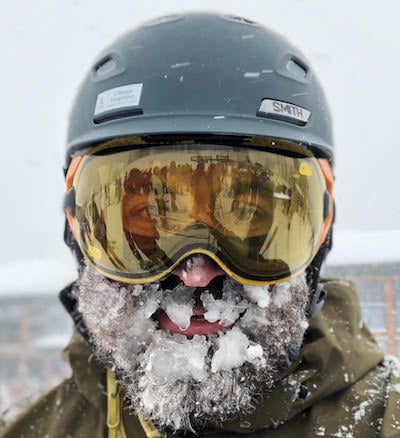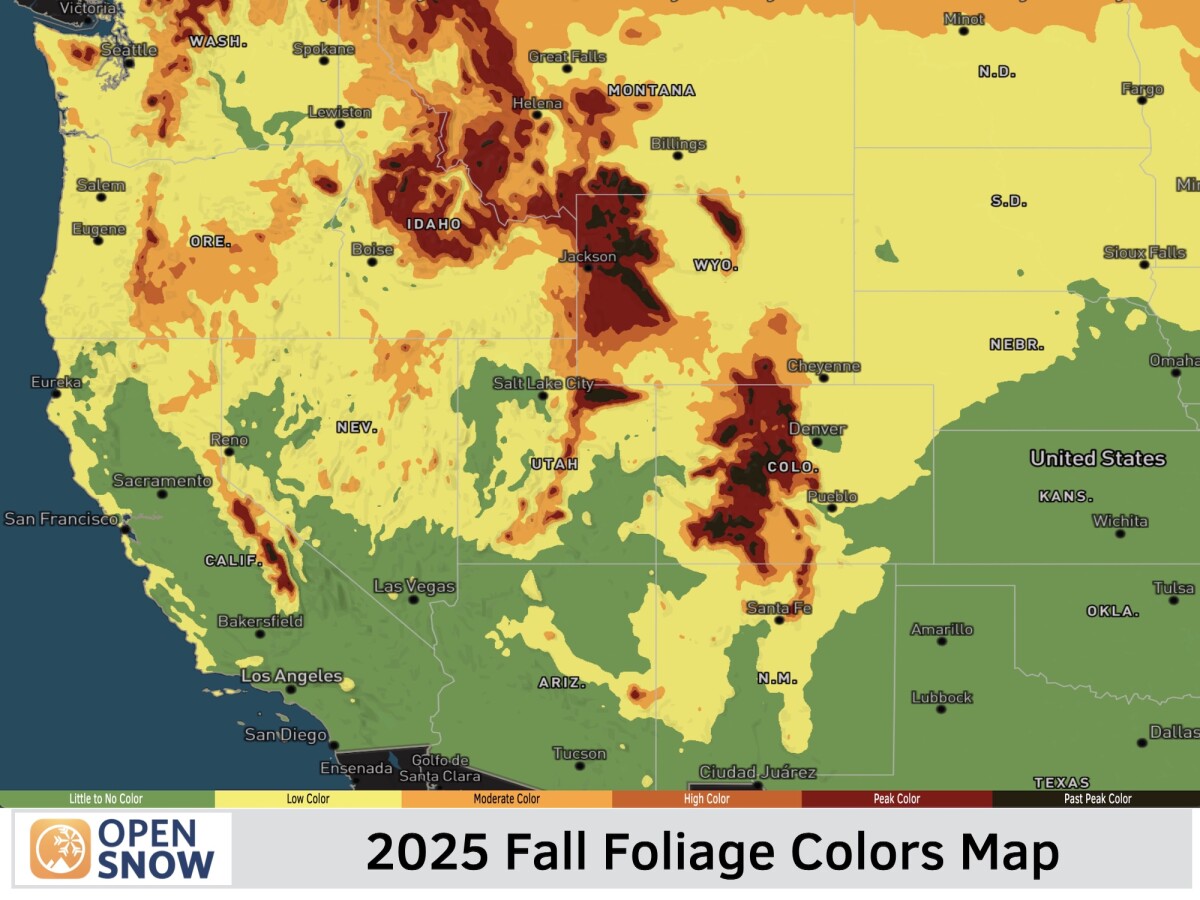News

By Luke Stone, Forecaster Posted 1 year ago October 9, 2023
Alps Storm Types: An Introduction

The Alps are one of the most iconic and extensive mountain ranges in the world, stretching across eight European countries: France, Switzerland, Italy, Monaco, Liechtenstein, Austria, Germany, and Slovenia.
A variety of weather patterns and storm tracks can bring heavy snow to different regions of the Alps during the winter. Five such phenomena, known as Nordstau, Sudstau, Westau, Nordweststau, and Retour d'Est, play a significant role in the region's climate during the winter months.

Orographic Lift, or the Stau Effect
Due to the unique crescent shape, and both the latitudinal and longitudinal extent of the Alps, different weather patterns produce significant snow in different regions. At times, a storm may bring heavy snow to a large portion of the Alps, but more often than not it's feast or famine. The primary reason for this is orographic lift and orographic precipitation, which you can read more about here.

As moist air masses approach the Alps, they are forced to rise due to the mountainous terrain. As the air rises, it cools and condenses, leading to cloud formation and precipitation. This phenomenon, known as orographic lift, is a primary reason for the high precipitation rates on the windward sides of mountain ranges.
Specific to the Alps, orographic precipitation on the windward side of the mountain range is referred to as the Stau effect. Stau is a German word that translates to "traffic jam" or "congestion".
In a broader context, Stau can also mean "blockage" or "stagnation”. In meteorological terms, "Stau" refers to the blocking or stalling effect that a geographical feature, like a mountain range, has on incoming air masses, leading to precipitation.
In Europe, the Stau Effect describes when moist air masses collide with the Alps leading to heavy precipitation on the windward side of the mountains. This can result in significant rainfall or snowfall in the affected areas.
The five main storm types, Nordstau, Nordweststau, Sudstau, Weststau, and Retour d'est are examples of the Stau effect, where the direction of the prevailing wind (north, northwest, south, west, or east, respectively) determines which side of the Alps receives the enhanced intense precipitation. There are separate articles dedicated to each of these five phenomena.
- Nordstau: Cold storms favoring the northern Alps (Austria, Switzerland, and France)
- Nordweststau: Cold storms favoring the northern and northwestern Alps (France, Switzerland, and Austria)
- Westau: Somewhat cold storms favoring the western Alps (France)
- Sudstau: Strong storms favoring the southern Alps (Italy, Austria, Switzerland, and France)
- Retour d’est: Strong storms favoring the southeastern Alps (Italy, France, and Switzerland)
Regions of the Alps from a Meteorological Perspective
The position of the jet stream is critical for determining where storms will occur and thus the prevailing wind direction and where the heaviest snow falls during the winter.
Roughly speaking, the Alps are divided along the main alpine ridge (the crest/line connecting the highest peaks in the range) into the northern Alps and the southern Alps, as shown below.

Meteorologically, the main alpine ridge plays a significant role. The ridgeline acts as a barrier, preventing cool or warm air and/or precipitation from reaching the opposite side of the Alps.
The Alps are further divided into eastern and western regions and then subdivided into the northwest, southwest, northeast, and southeast sections. Each of these subregions can receive more or less precipitation depending on the type of stau.

The Nordstau, Nordweststau, Weststau, Sudstau, and Retour d’est are not the only winter storms to affect the Alps. Other types of systems can bring snow to the region as well, however, these five types of storms consistently produce some of the most prolific snow storms in the Alps.
The Inner-Alpine Area
For the inner-alpine area, shown below, the Stau effect yields lesser impacts, and these areas receive less snow during the Stau events. The initial ascent of the moist air on the windward side results in the loss of a significant portion of its moisture. Thus, by the time it reaches the inner-alpine area, there's less moisture available to condense and form precipitation. As the inner alpine area is downwind during all of the major storm types, there is no wind direction that greatly benefits them.

Föhn Winds and the Downslope Effect
Depending on your location, or where your favorite resorts are, these different storm types can leave you in a boom or bust scenario.
One of the reasons for the potential bust scenario is the downsloping effect of the Föhn wind. This is a warm, dry, and often strong wind that descends on the leeward side of the mountain range.
While moist air rises, cools and loses its moisture as precipitation on the windward side, this dry air then descends and warms on the leeward side, leading to the characteristic warm and dry conditions of a Föhn wind.

During any of the Stau events, the leeward side of the Alps can experience this phenomenon, with the Fohn wind bringing warm and dry conditions while the windward side is getting buried.
Stau events occur frequently during the winter months and are primarily a result of the orographic effect. These strong storms with large amounts of precipitation can deliver some of the biggest snowfalls on the windward side of the Alps. As skiers and snowboarders, we love to see this type of storm on the weather models, knowing that oftentimes we will be skiing/riding deep snow for days.
Stay tuned for a more detailed article on each of the five storm types.
Luke Stone
Forecaster, OpenSnow
About The Author




